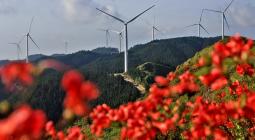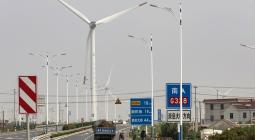Renewables are the answer
For now, Chen, who used to work for Alibaba, says that modern Chinese data centers are highly energy-efficient facilities.
“The most energy-efficient data centers in the Asia-Pacific region are in China. Regardless of rent and cost, China data centers have achieved a very competitive foundation, relying on a strong manufacturing industry chain and infrastructure capabilities. China's data centers are no worse than their peers when it comes to their technology, design, and operations,” he said.
While there is no doubting the importance of improving data center energy efficiency, it can only get one so far, however. Yuan said: “As China continues to boost its renewable energy development and reforms its power market, companies now have more options to procure renewable energy than before."
While she praised Chinese cloud giants for what they have done so far, Yuan called on them to do more. "We’d love to see the data center sector and the cloud giants in China making more ambitious moves to reduce climate impact and seize the opportunity moving towards renewable energy," she said.
The solution, according to her, is for them to demonstrate strong climate leadership through ambitious goals such as the use of 100 percent renewable energy. This is already being done by cloud giants such as Google and Microsoft, and will hopefully spur the rest of the industry towards greener heights.
May 2019
DCD






